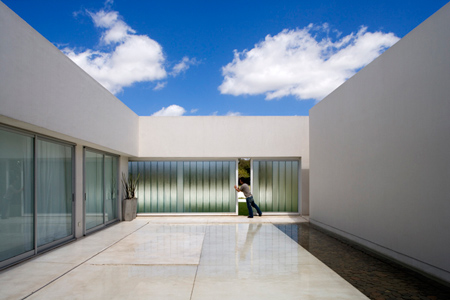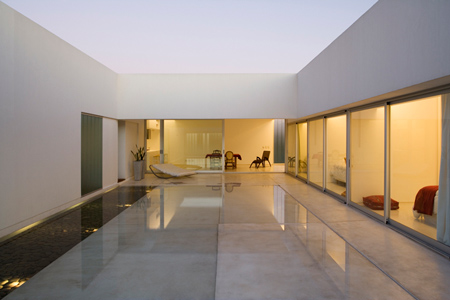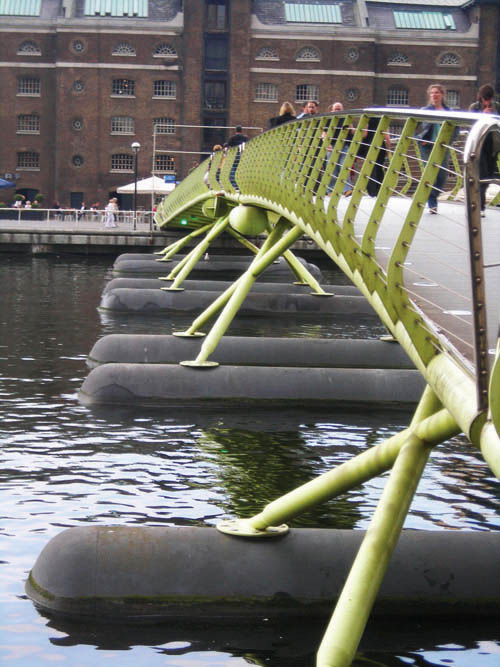This happened in Brazil this month when there was a large power cut that left cities like Sao Paulo and Rio De Janeiro in complete darkness. Instead of the street lights providing the light it was the drivers in their cars that lit the cities.
As hosts of the World Cup in 2014 and the Olympics in 2016, should we be worried that the same should happen again? Imagine the World Cup Final. The game hasn't been won in normal or extra time so has now gone to penalties. A Spain and Holland Final. So far both teams have scored 4 each. Holland's Van Persie missing one after a great save by Casillas. Torres places the ball on the spot. All eyes are on him. He steps back slowly, looking up at the crowd. He stops. Starts to run towards the spot...DARKNESS! How awful would that be?!

It is only at times like this that we realise how much we rely on light but there is something quite beautiful about the above photograph. A city in darkness looks like an almost different place.
With thanks:
Photo: http://english.aljazeera.net/news/americas/2009/11/2009111132727141870.html
























